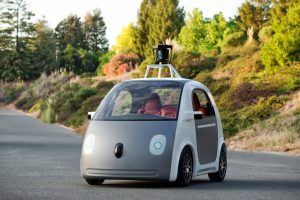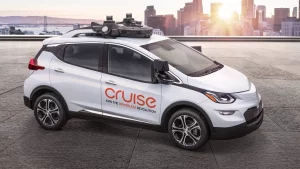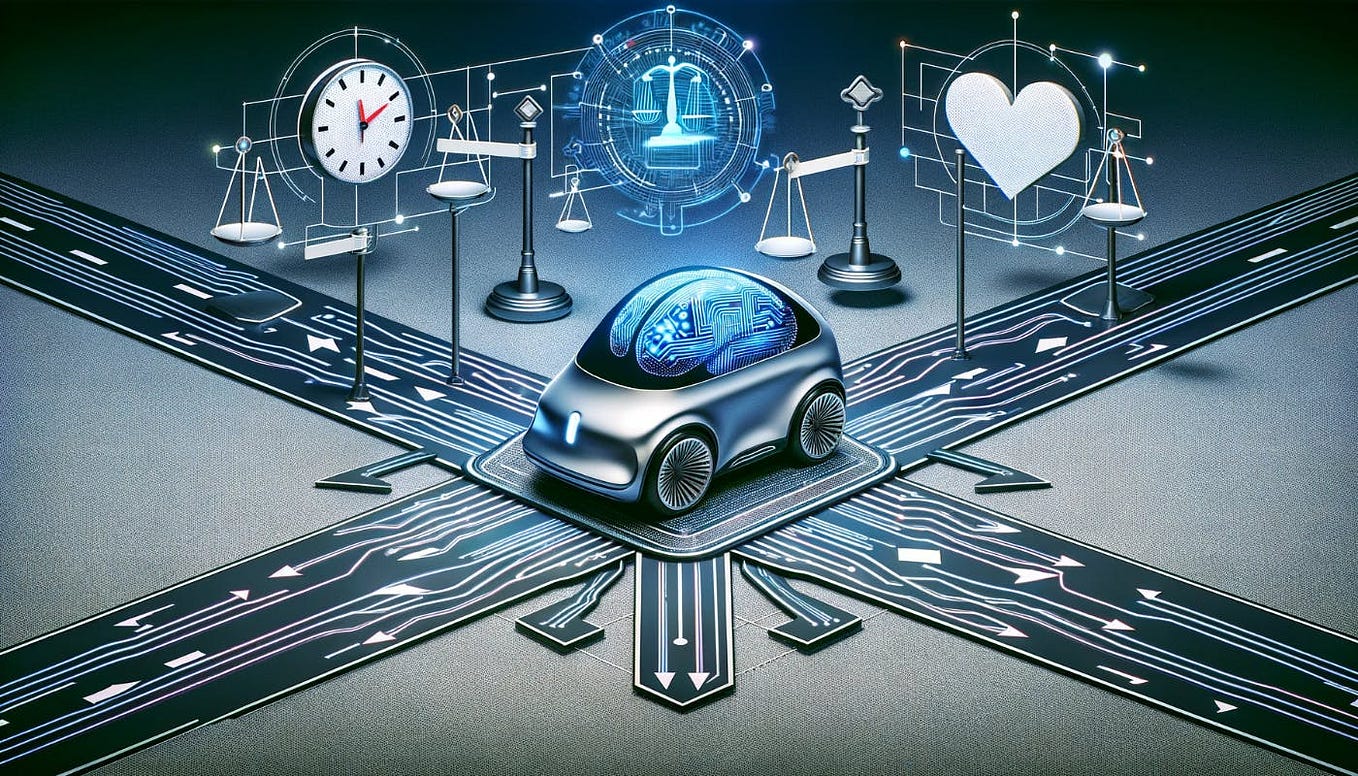The automotive industry is on the brink of a revolution, and autonomous vehicles (AVs) are at the heart of this transformation. These self-driving cars, powered by advanced technologies, promise to reshape how we commute, transport goods, and interact with cities. With rapid advancements in artificial intelligence (AI), sensors, and communication technologies, autonomous vehicles are no longer a distant dream but a near-future reality.
In this article, we’ll explore the current state of autonomous vehicles, their potential benefits, challenges, and the exciting possibilities they hold for the future.
Understanding Autonomous Vehicles

Autonomous vehicles are designed to navigate and operate without direct human intervention. They use a combination of sensors, cameras, radar, and AI algorithms to perceive their surroundings, make decisions, and drive safely. AVs are categorized into six levels of automation, as defined by the Society of Automotive Engineers (SAE):
- Level 0: No automation (fully human-controlled).
- Level 1: Driver assistance (e.g., adaptive cruise control).
- Level 2: Partial automation (e.g., lane centering and automatic braking).
- Level 3: Conditional automation (vehicle handles driving tasks, but human intervention is required in certain scenarios).
- Level 4: High automation (vehicle operates independently under specific conditions).
- Level 5: Full automation (no human involvement needed).
As of now, most vehicles on the road are between Level 1 and Level 3, but Level 4 and Level 5 vehicles are being tested and developed by companies worldwide.
Current State of Autonomous Vehicles
Several companies, including Tesla, Waymo, and General Motors, are leading the charge in AV technology. Waymo, for instance, has launched a fully autonomous ride-hailing service in select cities. Tesla’s Autopilot and Full Self-Driving (FSD) systems represent significant advancements, although they still require human supervision.
Governments and regulatory bodies are also working to create frameworks that ensure safety and ethical implementation of AVs. Pilot projects are running in countries like the United States, Germany, China, and Japan, highlighting the global interest in this technology.
Benefits of Autonomous Vehicles
The widespread adoption of autonomous vehicles could bring numerous benefits:
1. Increased Safety
Human error is responsible for over 90% of road accidents. Autonomous vehicles, equipped with advanced sensors and algorithms, can significantly reduce crashes by reacting faster and eliminating distractions.
2. Improved Traffic Flow
AVs can communicate with each other and traffic infrastructure, optimizing routes and reducing congestion. This could lead to shorter commute times and smoother traffic in cities.
3. Reduced Transportation Costs
Autonomous vehicles could lower costs for ride-sharing services, public transport, and freight logistics. Without the need for human drivers, operating expenses can be significantly reduced.
4. Enhanced Mobility
For people with disabilities, the elderly, or those without a driver’s license, AVs offer new opportunities for independence and mobility.
5. Environmental Benefits
AVs can be programmed to drive efficiently, reducing fuel consumption and emissions. When combined with electric vehicle technology, they can contribute to a cleaner environment.
Challenges Facing Autonomous Vehicles
Despite the promising future, several challenges must be addressed before AVs can achieve mainstream adoption:
1. Technical Limitations
While sensors and AI have come a long way, certain scenarios—like driving in bad weather or handling unpredictable human behavior—remain difficult for AVs.
2. Regulatory Hurdles
Governments must develop laws and regulations to govern the use of AVs, address liability issues, and ensure public safety.
3. High Development Costs
The development and deployment of AV technology require significant investments in research, testing, and infrastructure.
4. Ethical Concerns
AVs face complex ethical dilemmas, such as how to prioritize lives in an unavoidable accident. These moral questions need careful consideration and clear guidelines.
5. Public Trust
Gaining the trust of consumers is critical. High-profile accidents involving AVs have raised concerns about their safety and reliability.
Industries That Will Be Transformed by AVs

The impact of autonomous vehicles will extend far beyond personal transportation. Here are some industries that stand to benefit:
1. Freight and Logistics
Autonomous trucks can revolutionize the shipping industry by reducing costs and increasing efficiency. Companies like TuSimple and Embark are already testing driverless freight solutions.
2. Ride-Sharing Services
Companies like Uber and Lyft are exploring autonomous ride-hailing fleets to lower costs and improve service availability.
3. Public Transportation
Autonomous buses and shuttles can enhance urban transit systems, providing cost-effective and flexible solutions for cities.
4. Healthcare
AVs can be used for non-emergency medical transportation, ensuring patients have reliable access to healthcare services.
5. Retail and Delivery
Self-driving delivery vehicles, like those developed by Nuro, are poised to transform last-mile logistics, offering faster and more efficient deliveries.
The Role of Technology in Autonomous Vehicles
Several key technologies are driving the development of AVs:
1. Artificial Intelligence (AI)
AI enables AVs to process vast amounts of data from sensors and make real-time decisions. Machine learning algorithms improve performance by learning from past experiences.
2. Lidar and Radar
These sensors allow AVs to detect and measure the distance of objects, ensuring safe navigation even in complex environments.
3. Vehicle-to-Everything (V2X) Communication
V2X technology allows vehicles to communicate with each other, traffic lights, and infrastructure to improve coordination and safety.
4. High-Definition Maps
Detailed maps provide AVs with precise information about roads, traffic signs, and lane markings, complementing real-time sensor data.
5. 5G Connectivity
Faster and more reliable networks are essential for AVs to process and share data quickly, ensuring seamless operation.
The Future of Autonomous Vehicles
The future of autonomous vehicles is bright and full of possibilities:
1. Smart Cities
Autonomous vehicles will play a crucial role in developing smart cities, where connected systems improve traffic management, reduce pollution, and enhance quality of life.
2. Shared Mobility
The rise of shared autonomous vehicles could reduce the need for car ownership, freeing up parking spaces and reducing urban congestion.
3. Autonomous Public Transport
Cities may adopt autonomous buses, trains, and trams, offering reliable and cost-effective transportation solutions.
4. Sustainable Transportation
The combination of AVs and electric vehicles could lead to a greener, more sustainable transportation ecosystem.
5. Innovative Business Models
From subscription-based car services to autonomous delivery drones, new business models will emerge, disrupting traditional industries.
Conclusion
Autonomous vehicles represent a transformative shift in transportation, promising to make our roads safer, our cities smarter, and our lives more convenient. However, achieving this vision will require overcoming significant technical, regulatory, and social challenges.
As technology continues to evolve, collaboration between governments, industries, and communities will be essential to ensure a smooth transition to a future dominated by autonomous vehicles. The journey may be complex, but the potential benefits make it a path worth pursuing.
The future of autonomous vehicles isn’t just about cars driving themselves—it’s about creating a world where mobility is safer, greener, and more accessible for everyone.




